Key Takeaways
- For everyday tasks, a 1-300 lumen flashlight
- For common outdoor tasks, a 300-980 lumen flashlight
- For worklight, then a 1000-1500 lumen flashlight
- For Hunting, Law & Military, a 1250-2500 lumen flashlight
- For Search & Rescue, a 3000+ lumen flashlight
Introduction
Well, you are probably here because you are in need of a flashlight and you aren’t sure how many lumens you need your light to have. The answer to that is it depends on your situation. About 15 years ago, 100 lumens was considered a lot, but as of recently 1000 lumen flashlights have become the norm. Lumen output preference is completely up to the buyer. What I will do is explain the “sweet spot” of lumens for each activity. Of course, you can go for more lumens than recommended but I do not suggest settling for fewer lumens than recommended.
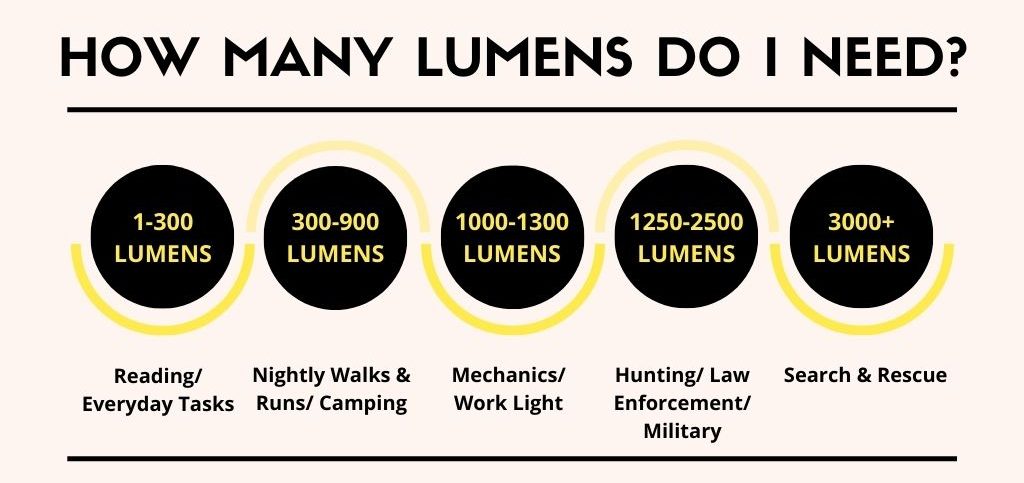
First, what is a lumen & why is it important?
Well, lumens is how much light output is measured from the flashlight. So obviously more lumens mean more light output. This is important because if you need something or an area to be really illuminated so you can see detail then you would go for higher output, but if you just need something or an area to just be visible, then you can settle for a smaller lumen output. Keep in mind that lumens are only one aspect of many to consider when buying a light. Candela, runtime, battery, and more are specs that should be taken into consideration. But for now, I will break down “how many lumens you need” by different activities.
Reading/Everyday Tasks (1-300 Lumen)
If you need a light for things such as reading at night or looking for the keys or chapstick you lost under the couch, then 1 to 300 lumens is about right. This is decently bright but not bright enough to disturb the eyes, especially for reading at night when you only need about 50 lumens. Enough lumens to use around the house at night or for needing quick light to find something. This is what you would consider an actual everyday carry flashlight.
Nitecore's 1-300 Lumen Pick: NITECORE Tube V2 Keychain Light

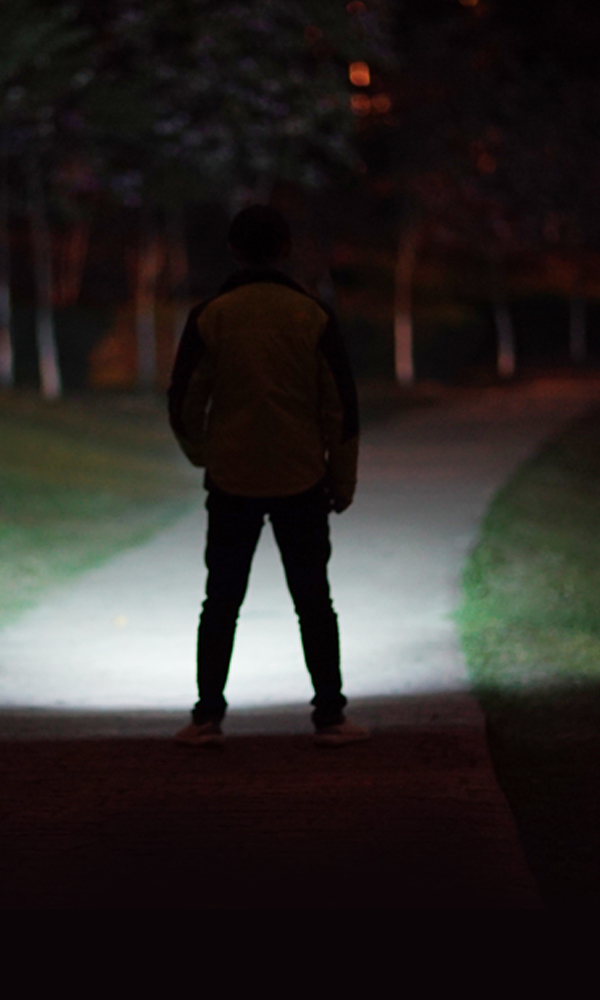
Nightly Walks & Runs/Camping (300-980 lumen)
Going on a late-night run or spending some time camping in the woods? Then a 300-900 lumen flashlight will be perfect for you. With this activity, you’re in need of your surroundings to be sufficiently illuminated so that you can safely navigate where you are going. It is also bright enough to potentially scare off any close and potentially dangerous critters. But it is not too bright to where it would disturb other people or wildlife. These lights also make for great everyday carry flashlights.
Nitecore's 300-980 Lumen Picks: NITECORE MT10C, NITECORE TIP2
Mechanics/Work Light (1000-1300 lumen)
Now the 1000 to 1300 lumen flashlights are great for mechanics or people who use their lights as work lights. Having a well-lit area contributes to your safety on the job. You also don’t want something too bright that would distract you or hinder you from performing your job safely. These lights are definitely bright enough for you to see everything nearby you in detail.
Nitecore's 1000-1300 Lumen Pick: NITECORE MT21C
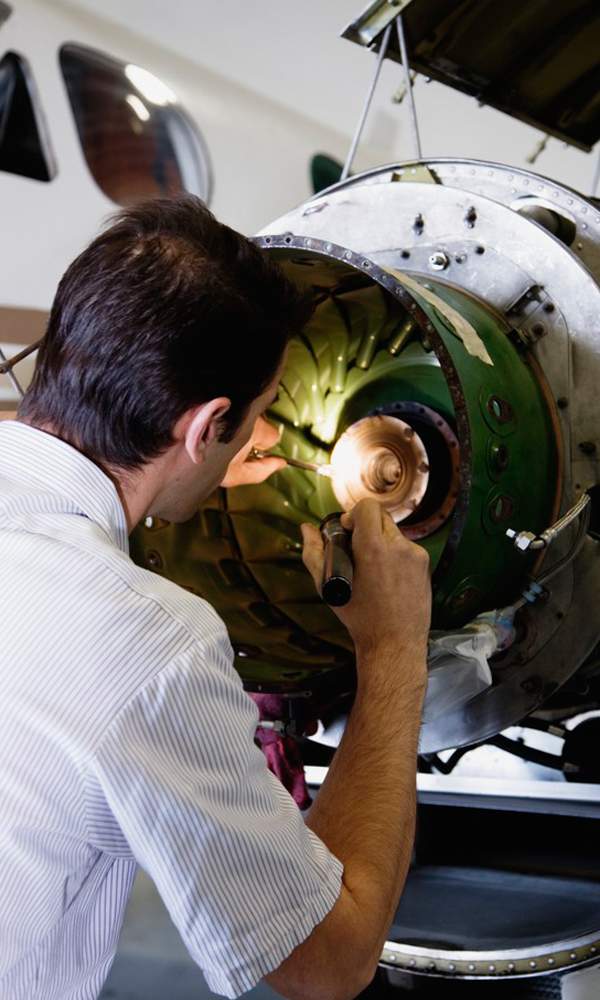
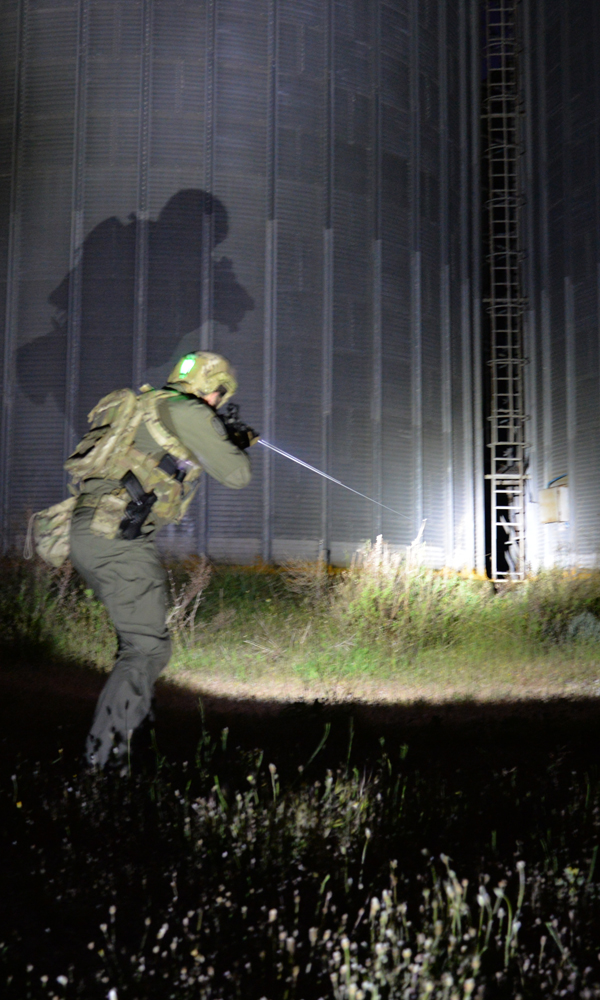
Hunting/Law Enforcement/Military (1250-2500 lumen)
Now we are getting to the powerful flashlights that oftentimes are labeled as “tactical”. As a hunter, law enforcement, or military personnel you need a light that is powerfully bright and sometimes able to be used as a blinding and disorienting weapon also. You will be able to see your complete surroundings and know exactly what is nearby. These lights are powerful and can really light up an area extremely well.
Nitecore's 1250-2500 Lumen Picks: NITECORE P20i, NITECORE Ci7
Search & Rescue (3000+ lumen)
When you work in Search & Rescue, you absolutely need to see extremely well. You need an area to be lit up like Christmas Eve, and for that, you need a powerful flashlight that has a lot of lumens. I suggest 3000 lumens being near the bare minimum. Of course with a task like this, you should also consider candela but as far as lumens go, you definitely need a high output.
Nitecore's 3000+ Lumen Picks: NITECORE TM9K, NITECORE TM39
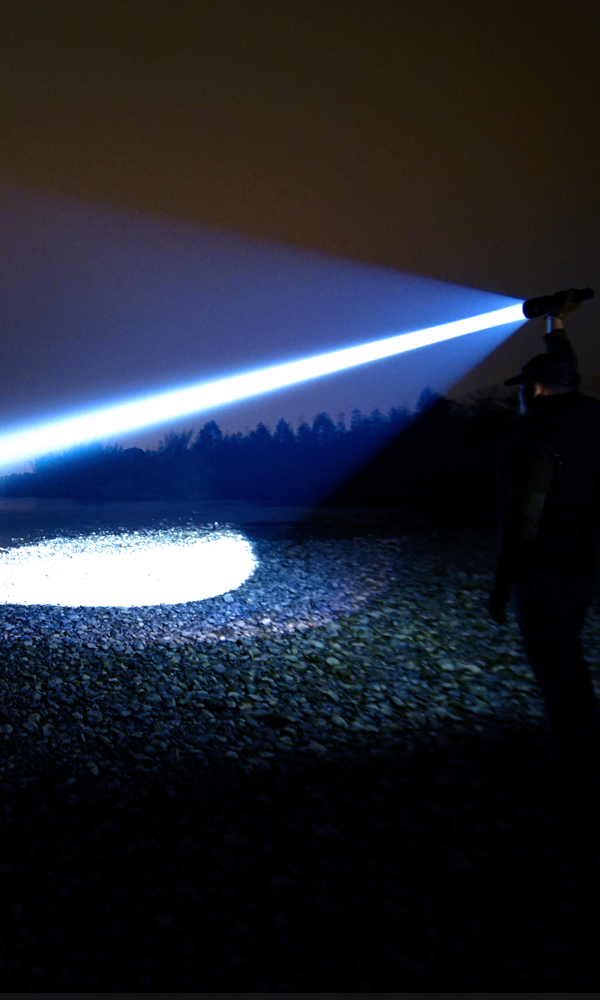
Conclusion
As I have stated multiple times, how many lumens you need is most importantly up to the wielder. What I gave you here is a guide to help you see how many lumens would be recommended or reasonable depending on the task you need it for. There are many other factors such as Candela, runtime, battery, and more.
It's also very important to take into consideration the different brightness modes the light has. If you only need 400 lumens but want 1200 lumens, maybe a 1200 lumen light has a 400-lumen mode. This would make this flashlight a good choice for you. So be sure to consider more than just lumens when you are purchasing a flashlight. I recommended taking a look at some of our other blog posts, they are helpful when making flashlight decisions.
More Reading: 4 Things To Consider When Buying A Flashlight, Lumens, Candelas and Lux, The Science Behind Long Throw Flashlights.


I am very impressed with your entire line(s) of product. I really like the versatile flat EDC pocket flashlights, especially because of their many features like durability, lumens, ability to satisfy in so many ways, especially being flat. Sadly I am an elder now and at 66 the last recession has left me strapped with a meager fixed income however if I were younger I would be totally addicted to all your products and probably would not stop buying until I had every one.
I really appreciate that great batch of products that you have designed and created, thank you for providing me with a great read and a look of some of the most beautiful and well thought out product that I have seen in a great while!
Thank you,
Keith O.
P.S.
No response is required.
A tactical flashlight with an output of 300 to 1000 lumens should be more than enough light for most situations. The long answer, though, is a bit more nuanced. It is just as important to consider the kind of beam that the tactical flashlight puts out and match that to the tasks you plan to do with it.